What To Know About CE Certifications For Armor?
When the weather’s great and the open road calls your name, the last thing you’re likely interested in is doing a deep dive on learning the nitty-gritty details about certifications and ratings for garments and gear.
Most bikers think, “Why bother? A rated item’s gotta be better than something that’s unrated, right?
Sure, there’s some truth in that point of view, but when do some digging into, you’ll find out that motorcycle apparel has a number of different CE Ratings. For example, check out this chart:
|
PPE Type |
CE Number |
|
Garments Professional |
EN 1395 |
|
Garments Leisure |
EN 17092 |
|
Boots |
EN 13634:2017 |
|
Gloves |
EN 13594:2015 |
|
Elbow Armor |
EN 1621-1:2012 |
|
Shoulder Armor |
EN 1621-1:2012 |
|
Knee Armor |
EN 1621-1:2012 |
|
Hip Armor |
EN 1621-1:2012 |
|
Back Protectors |
EN 1621-2:2014 |
|
Chest Protectors |
EN 1621-3:2018 |
|
Lanyard Activated Air Bag Protectors |
EN 1621-4:2013 |
|
Stone Shield Protector |
EN 14021:2013 |
For standards to be harmonized, it must be published in the Official Journal of the European Commission. This allows for consistency no matter which region, country, or city in Europe you belong.
CE certifications have a 5-year life from the time the product is certified. Meaning most people won’t know if the certification is new or over 4 years old.
One interesting thing CE considers are zones. Zone 1 is highly likely to abrade and / or take an impact, Zone 2 is highly likely to abrade, but less likely to take an impact, and Zone 3 are areas that are not likely to abrade or impact.
The As, B, and Cs of CE Certification Classifications
Here’s how the different classifications of motorcycle clothing break down:
- Class AAA is the highest level of protection from impact and abrasion.
- Class AA is the middle level of protection from impact and abrasion.
- Cass A is the lowest level of protection from impact and abrasion.
- Class B offers protection for abrasion only.
- Class C, C Over (CO) and C Under (CU) only offers protection for impacts in the area covered by the impact protectors that are included.
Seems simple enough, right? But if you like the technical stuff, here’s a bit more detail on what they all mean...
Class AAA Garments (EN 17092-2:2020)

Class AAA Garments are constructed with higher quality materials than get used for Class AA or Class A. The tradeoff for greater protection is they can limit your movement, weigh more, and tend to not to release the heat that can build up during some riding activities. A good example for this kind of gear would be 1-piece race suits.
Class AA Garments (EN 17092-3:2020)

Class AA motorcycle clothing is constructed with materials that exceed the Class A requirements, but they’re not quite up to Class AAA standards. What they do offer is a higher level of generic protection against a greater diversity of riding risks due to a wide range of riding activities. Another plus is that they offer more ergonomic flexibility and weigh less than Class AAA garments.
Class A Garments (EN 17092-4:2020)

Class A motorcycle garments are made from materials that don’t meet the requirements for Classes AA and AAA. They do provide a minimum level of protection from impact and abrasion. And they penalize you the least when it comes to ergonomic factors and weight. Think about mesh garments, or garments designed to be worn alone or over other clothing.
Class B Garments (EN 17092-5:2020
Class B garments offer equivalent abrasion protection as Class A garments; however, they don’t include impact protectors – which is why you should consider also wearing shoulder, elbow, knee, hip, and spine impact protectors when purchasing Class B garments.
Class C Garments (EN 17092-6:2020)
Class C represents non-shell impact protector ensemble garments, which are designed to hold one or more impact protectors in place. This can be either under (CU) or over (CO) garments. This class only offers protection from impact in the areas covered by the impact protector. They do NOT meet the minimum requirements for abrasion protection and may not offer complete minimum impact protection.
Class C Garments offer supplemental impact protection only and are recommended to be used in combination with B, AA, or AAA garments to enhance protection.
IMPORTANT: While some brands can conduct testing, ALL garment certification must come from a third party notified body.
How To Recognize CE Certified Garments By Label
Just because there’s a CE certification noted, it doesn’t mean that everyone using it is actually playing by the rules. Having correct labeling is also an important part of the CE certification. The good news is that it’s pretty easy to tell authentic labels from fake labeling.
The images below make it easier to understand the differences between the different certifications.






How To Check If A Garment Is CE-Certified?
Every piece of motorcycle clothing which has been CE certified will include a booklet with details about the class it’s certified as – plus, you’ll be able to find markings or labels that indicate the class of protection and standard which it was tested against. Also, care and maintenance instructions will be provided.
This booklet will contain a web address where you can request a DoC (Declaration of Conformity) for the product, which will be provided to you by mail. Any garment not certified will not have a DoC.
Pretty simple, right?
Is CE-Certification Mandatory For Motorcycle Clothing?
That depends on where you live. Here in the United States, it depends on whether there’s some governing agency requiring it. But that may change in the coming years.
Whether you choose to wear something that’s CE-certified when you ride is up to you
But you can look at it this way – isn’t it better to have it and not need it, than need it and not, have it?
As always, if you think we missed something, or you would like to comment, leave it below.




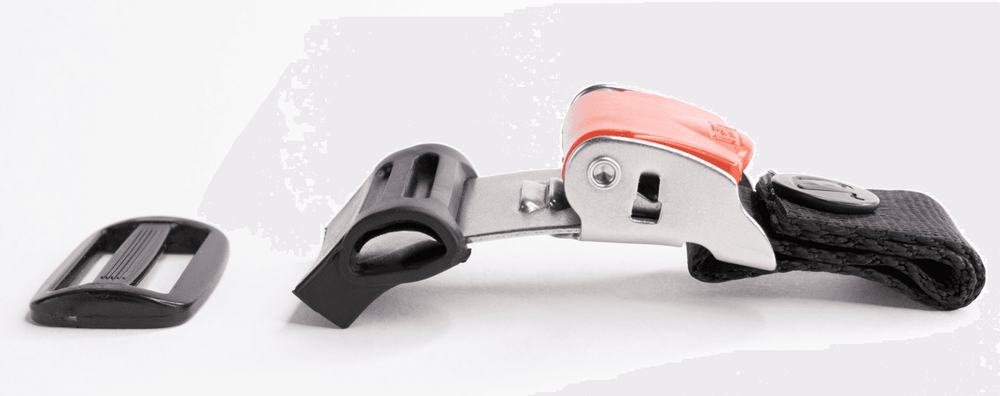
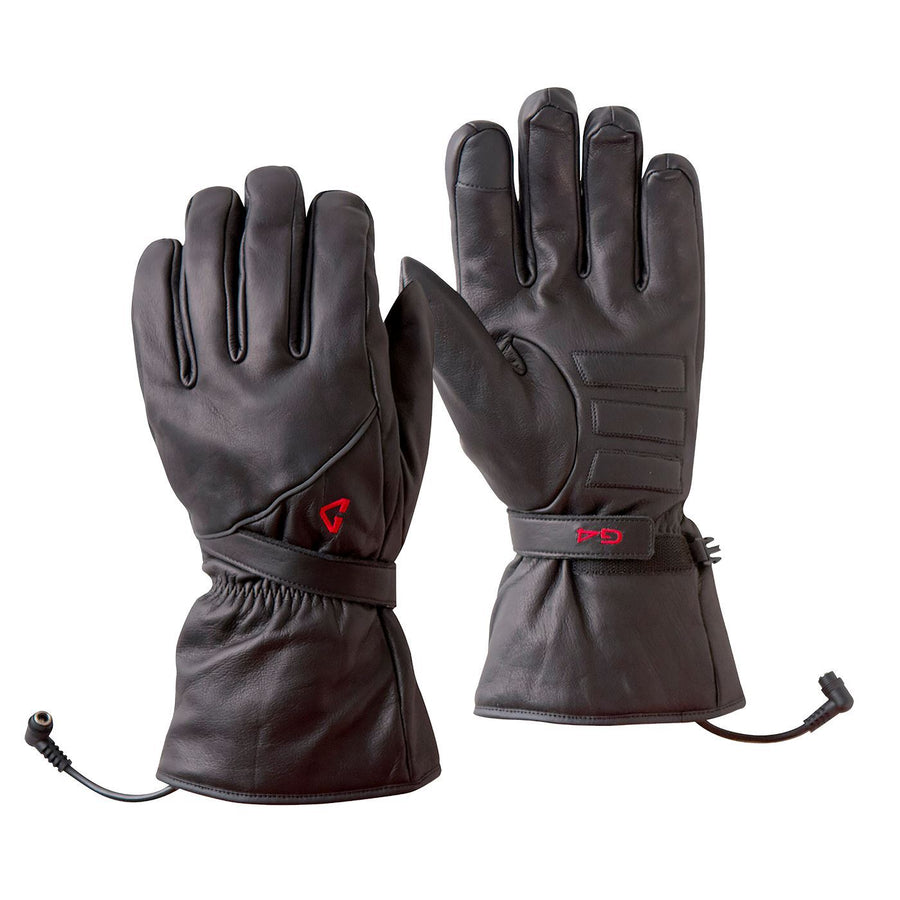

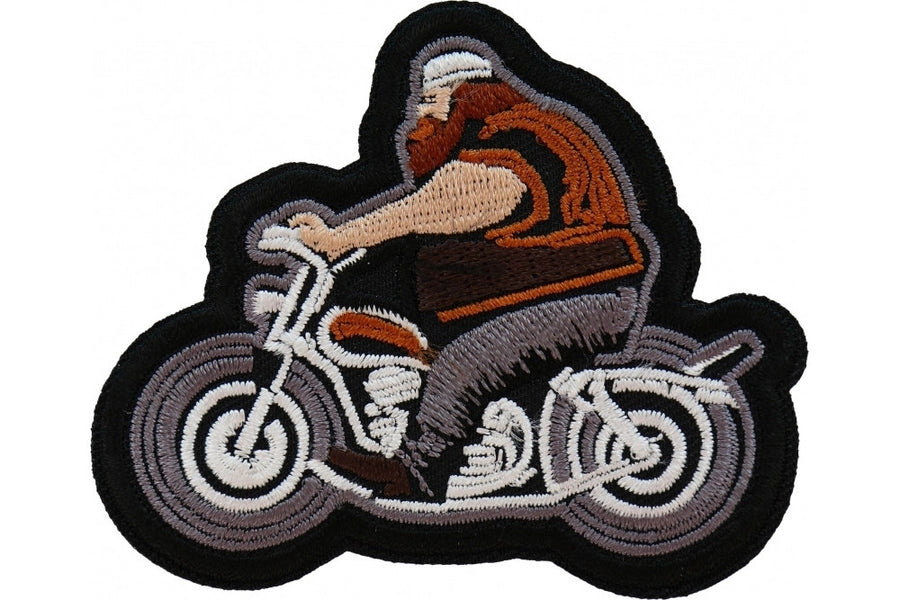

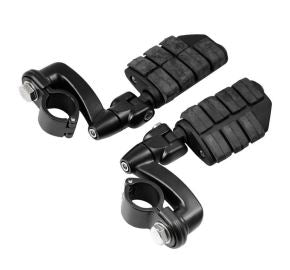


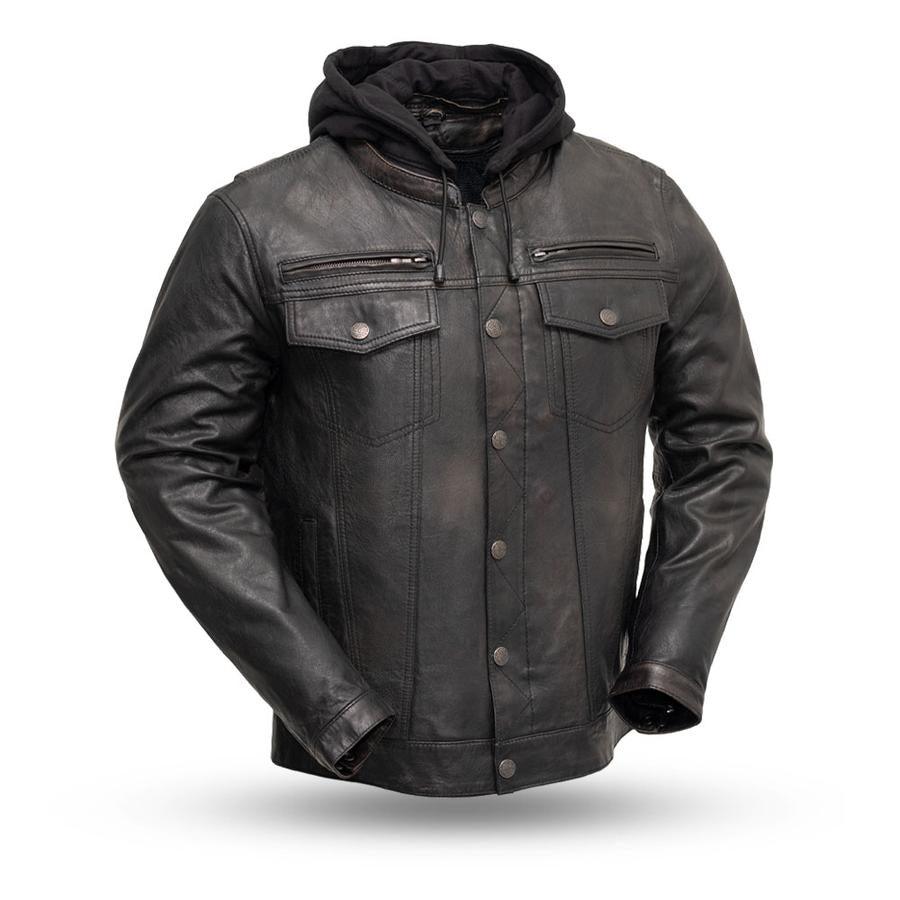
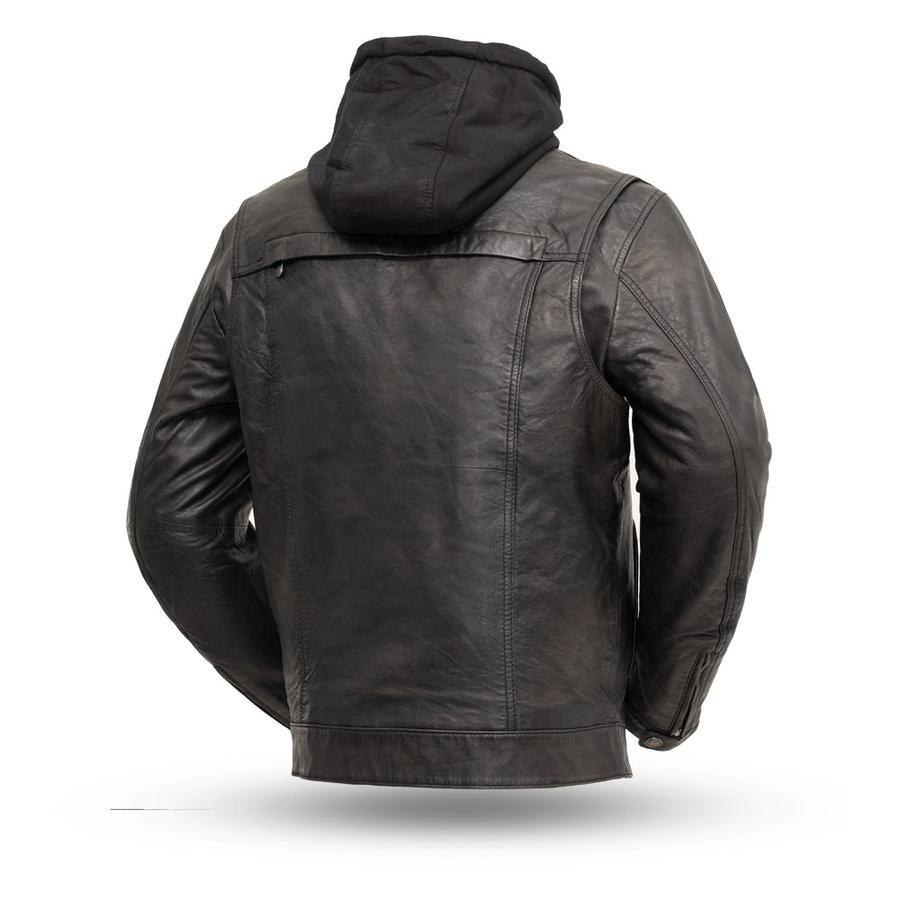
Leave a comment